
We spend more time in our beds than ever. We don’t just sleep in them: some of us eat breakfast, text our friends, chat to our significant other for hours, think and decide crucial things about our lives, stream movies, unwind after a long day, and most importantly, it is where we make love.
Bedding that is lurid, hot and scratchy will leave you reluctant to spend time in your bedroom, which will have knock-on effects on your sleep quality and quantity. And you might find it more difficult to encourage repeat overnight guests, too! Here’s why choosing the right bedding for your bed is so important:
Comfort is King
Statistics suggest that we spend a third of our lives sleeping, but when you factor in all the leisure time we spend in our beds too, we spend much more time in our bedroom than that. So it stands to reason that we want bedding that looks and feels fantastic. If your bed is the most important piece of furniture in your house, then the bed sheets you choose are the fluffy cherries on top of the soft but supportive cake.
We all know the basics; a great bedding set comprises a duvet cover and matching pillowcase alongside a fitted bed sheet in a complementary colour. But finding bedding you love is so much more important than this. Your bedding should complement the colour of your bedroom walls, feel soft against your skin, and, above all else, be comfortable.
Sinking into stylish and comfortable bedding at the end of the day can make the difference between a great night’s sleep and a mediocre one.
Life’s too short to spend more than a third of your life resting your head on a pillowcase that doesn’t make you happy! If your bedding feels comfortable, then you’re more likely to enjoy the time that you spend in your bed.
Superior Style
Whilst comfort is important, another reason it’s essential to choose the right bed sheets is to showcase your fantastic style credentials. The bedding you choose is a reflection of your personality, an immediate insight into your sense of style. It’s important to choose it wisely. Do you want to fill your bedroom with a mumsy floral duvet cover when your passion is modern minimalism? Let’s be honest: there’s nothing sexy about a bed that looks like it’s been borrowed from your gran!

Don't borrow from your gran!
Upgrade your bed with our bedding bundles. Click here to shop Bedding Bundle.
Modern living spaces are getting smaller and smaller, which means that our beds increasingly dominate our bedrooms. They are the centre of the room: the focal point that can make or break whether it looks hot or not. Changing your bedding is a fast and affordable way to completely make over your bedroom: you can change its colour scheme, inject a new design detail, or reflect your quirky personality. Let your bedding do all the talking; identifying who you are and what your style ethos is without having to say a word.
Types of bedding
Once you’ve chosen the style of bedding that is right for you, it’s important to think about the fibres that will best suit your lifestyle.
Cotton Bedding
The most common bedsheets are made of cotton. This is because cotton is durable, easy to wash, and designed to transfer moisture away from the body, making it feel cooler and more comfortable. There is a wide range of different cotton bed sheet options available, depending on your budget and preferences. At Bedable, we offer cotton percale and cotton sateen bedding bundles in four different colours. Percale and sateen are different cotton weaving techniques. You can find out more about the impact of these techniques on the bedding products in this blog post.
Linen Bedding
Linen sheets are usually rougher to the touch and more expensive than their cotton equivalents. Because they are cooler on the skin than cotton sheets, linen sheets are very popular in countries with warmer climates. They are very durable, meaning that they will last longer, provided you look after them properly, but they can be difficult to iron, so they aren’t a great choice if you’re looking for something low maintenance.
Silk Bedding
Finally, silk sheets might be reminiscent of an eighties lothario (a la Peter Stringfellow), but they are also soft, easy to slip into, and designed to keep you warmer during the cold winter months. If you pick the right designs, then modern silk bedsheets can look elegant and sophisticated.
Choosing the right fibres for your bedsheets will ensure that you can’t wait to slip into them every night, and they’ll feel so good you won’t want to get up in the morning. Bedable makes bedding that looks as great as it feels, giving you the best of both worlds. Because your bedding is just too important for compromise.
People Also Asked
How can you tell good quality bedding?
Good quality bedding is characterised by soft, durable fabrics with a smooth finish. Look for natural fibres like cotton or linen, and pay attention to the thread count (ideally between 200-800). High-quality bedding should feel substantial, have neat stitching, and maintain its shape after washing.
What is the best type of bedding to get?
The best bedding depends on personal preferences, but 100% cotton is often considered ideal for its breathability and durability. Egyptian or Pima cotton is are premium choice. For luxury, consider silk or high-quality linen. Memory foam or latex options are great for those seeking extra support.
How do you choose the right bed sheets?
Choose bed sheets based on your comfort preferences and climate. Consider the fabric type (cotton, linen, silk), thread count (200-800 for cotton), and weave (percale for crisp, sateen for silky). Ensure the sheets fit your mattress depth and match your bedroom's aesthetic.
What is the correct order of bedding?
The correct bedding order starts with a mattress protector, followed by the fitted sheet. Next comes the flat sheet, then the duvet or comforter. Top it off with decorative pillows and a throw blanket. This arrangement provides both functionality and aesthetic appeal.
Is 200-thread-count cotton good?
A 200 thread count for cotton sheets is considered good for everyday use. It offers a balance of softness, durability, and breathability. While not luxurious, 200-thread-count sheets are comfortable and often more affordable, making them a practical choice for many households.
Which material is better for bedding?
Cotton is often considered the best material for bedding due to its breathability, softness, and durability. Egyptian and Pima cotton are premium options. For cooler sleep, linen excels, while silk offers luxury and is gentle on skin and hair. The best material ultimately depends on personal preferences and sleep habits.
What thread count is good?
A good thread count ranges from 200 to 800. For cotton sheets, 400-600 is often ideal, offering a balance of softness and durability. Higher isn't always better; extremely high thread counts can be misleading and may result in less breathable fabric. The quality of the yarn and weave are equally important factors.
What is the healthiest type of bedding?
The healthiest bedding is typically made from natural, breathable materials like organic cotton, linen, or bamboo. These fabrics allow air circulation, wick away moisture, and are less likely to trap allergens. Hypoallergenic options and those resistant to dust mites, like silk or specially treated fabrics, are also beneficial for health.
Is 100% cotton bedding the best?
100% cotton bedding is often considered the best due to its breathability, durability, and comfort. It's naturally hypoallergenic, easy to care for, and suitable for all seasons. However, the quality of cotton and personal preferences play a role; some may prefer the coolness of linen or the luxury of silk.
What is high-quality bedding?
High-quality bedding is characterised by premium materials like Egyptian or Pima cotton, high-grade linen, or silk. It features expert craftsmanship with neat, durable stitching and attention to detail. The fabric should be soft, smooth, and maintain its quality after washing. A thread count between 400-800 for cotton is often indicative of high quality.
Which sheets do hotels use?
Hotels typically use high-quality, 100% cotton sheets with a thread count between 250 and 300. They often choose percale weave for its crisp, cool feel. White sheets are preferred for their clean appearance and ease of maintenance. Some luxury hotels may opt for higher thread counts or premium cotton varieties like Egyptian or Pima.
Which type of bed sheets are the best?
The best bed sheets are typically made from 100% long-staple cotton, such as Egyptian or Pima cotton. These offer an optimal balance of softness, durability, and breathability. For luxury, silk or high-quality linen sheets excel. The best type ultimately depends on personal preferences, sleep habits, and climate.
How to arrange a bed?
Arrange bedding by starting with a fitted sheet smoothly covering the mattress. Layer a flat sheet on top, followed by a duvet or comforter. Fold the top of the flat sheet over the duvet for a neat look. Arrange pillows at the head of the bed, starting with sleeping pillows and adding decorative ones in front. Finish with a throw blanket at the foot of the bed for added style and warmth.
What is the difference between a duvet and a comforter?
The main difference lies in their design and use. A duvet is a plain, down-filled insert that requires a separate, washable cover. A comforter is a quilted, decorated blanket that's ready to use without a cover. Duvets offer more versatility in changing room decor, while comforters are generally easier to maintain.
How many sheets should be on a bed?
A standard bed setup typically includes two sheets: a fitted sheet to cover the mattress and a flat sheet to lie under the duvet or comforter. Some prefer to use only a fitted sheet with a duvet cover, eliminating the flat sheet. The choice often depends on personal preference and cultural norms.
Is 144 TC cotton good or bad?
A 144 thread count (tc) for cotton sheets is considered relatively low. While functional, these sheets may feel less soft and durable compared to higher thread counts. They can be suitable for guest rooms or budget-conscious buyers, but for everyday use, a thread count of 200 or higher is generally recommended for better comfort and longevity.
How to tell if sheets are good quality?
To assess sheet quality, check the fabric composition (100% natural fibres are often best), thread count (200-800 for cotton), and weave (percale or sateen). Feel the fabric for softness and examine the stitching for neatness. Good quality sheets should feel substantial, not flimsy, and maintain their shape after washing. Brand reputation and price can also be indicators of quality.
Is 100% cotton, 400 thread count good?
Yes, 100% cotton sheets with a 400 thread count are generally considered very good quality. This thread count offers a nice balance of softness, durability, and breathability. It's often seen as the sweet spot for cotton sheets, providing a luxury feel without being overly expensive or sacrificing breathability.
What are the disadvantages of cotton bedding?
While cotton bedding is popular, it has some drawbacks. It can wrinkle easily, requiring ironing for a crisp look. Cotton sheets may shrink after the first wash if not properly cared for. They can also retain moisture, which might be uncomfortable in humid conditions. High-quality cotton bedding can be expensive, and some types may pill over time with frequent use and washing.
What type of bedding is best for skin?
For skin health, natural, breathable fabrics like organic cotton, bamboo, or silk are best. These materials allow air circulation, wick away moisture, and are less likely to irritate sensitive skin. Hypoallergenic options can reduce allergic reactions. Silk, in particular, is known for its smooth texture that's gentle on skin and hair, helping to prevent friction and reduce wrinkles.
What sheets do 5-star hotels use?
Five-star hotels typically use high-quality, 100% cotton sheets with a thread count between 300 and 600. They often choose Egyptian or Pima cotton for their long-staple fibres, which create softer, more durable sheets. A percale weave is common for its crisp, cool feel. White sheets are standard for their luxurious, clean appearance and ease of maintenance.
How to know if a thread is of good quality?
Good quality thread is characterised by strength, smoothness, and consistency. It should have a uniform thickness and not break easily when pulled. For cotton threads, longer staple fibres indicate better quality. The thread should not fray or produce excessive lint. Reputable brands and higher prices often, but not always, indicate better quality thread.
What thread count is too high?
Thread counts above 1000 are generally considered too high and can be misleading. Extremely high thread counts often involve thinner, weaker threads or creative counting methods. These sheets may be less breathable and prone to pilling. For most high-quality cotton sheets, a thread count between 200-800 provides the best balance of softness, durability, and breathability.
How do you know if a bed is good quality?
A good quality bed should provide proper support and comfort. Check the mattress materials (high-density foams, quality springs), construction (reinforced edges, good stitching), and durability (warranty length). A quality bed frame should be sturdy without squeaks or wobbles. Consider factors like motion isolation, temperature regulation, and edge support. Reading reviews and trying the bed in person can also help assess quality.
What is considered good quality bedding?
Good quality bedding is made from premium materials like long-staple cotton, high-grade linen, or silk. It features expert craftsmanship with neat, durable stitching. For cotton, a thread count between 200-800 is ideal. The fabric should feel soft, smooth, and substantial, maintaining its quality after washing. Good quality bedding also includes features like deep pockets on fitted sheets and durable elastic.
What thread count is best for bedding?
The best thread count for bedding typically ranges from 200 to 600. For cotton sheets, 400-600 is often ideal, offering a balance of softness, durability, and breathability. However, the quality of the yarn and weave is equally important. Egyptian or Pima cotton with a 300 thread count can feel softer and more luxurious than a lower-quality cotton with a higher thread count.
What to look for in luxury bedding?
Luxury bedding should feature premium materials like Egyptian or Pima cotton, high-quality linen, or silk. Look for expert craftsmanship with attention to detail in stitching and finishing. For cotton, a thread count between 400-1000 is common in luxury lines. Consider the weave (sateen for silky, percale for crisp) and any special treatments for softness or wrinkle-resistance. Brand reputation and eco-friendly certifications can also indicate luxury status.



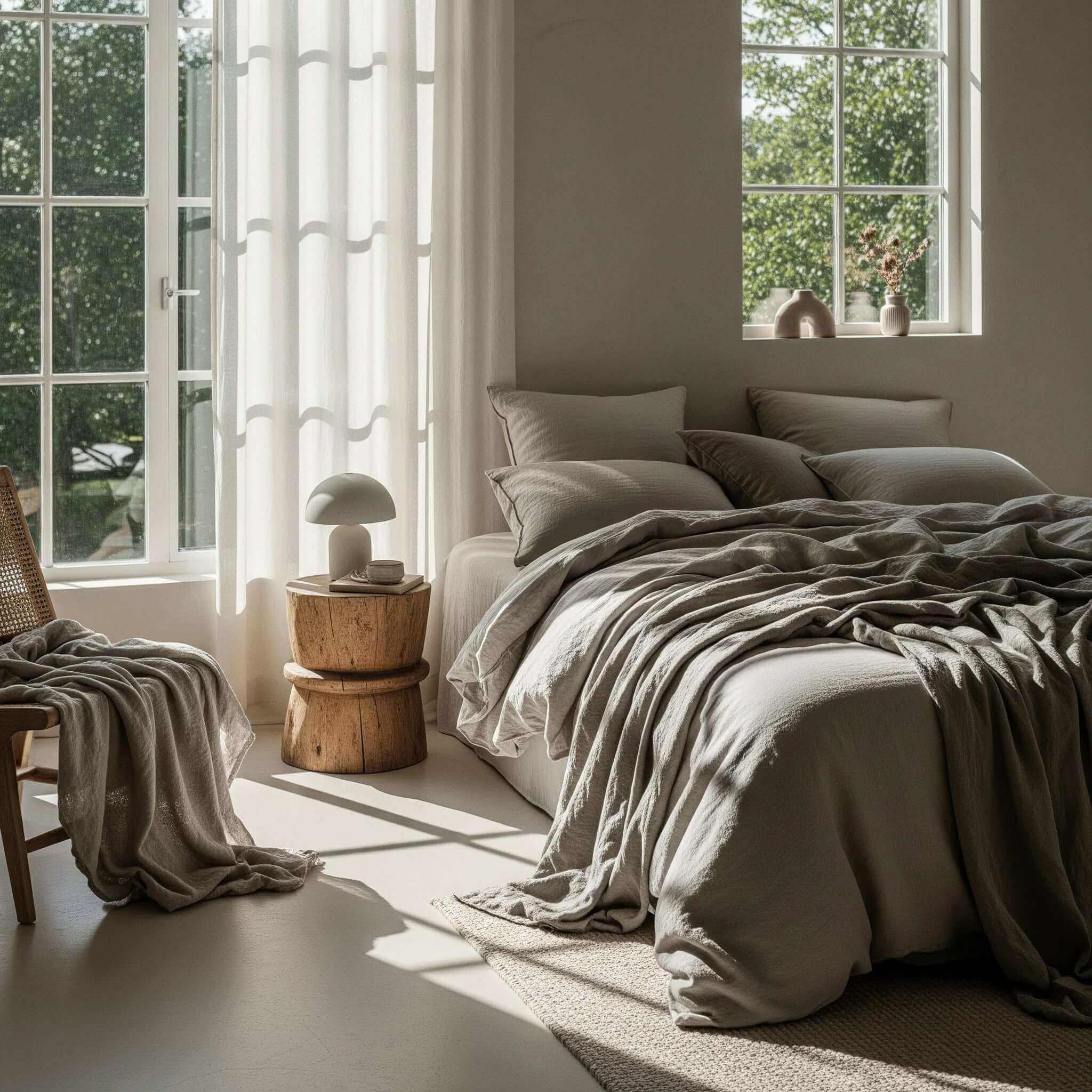
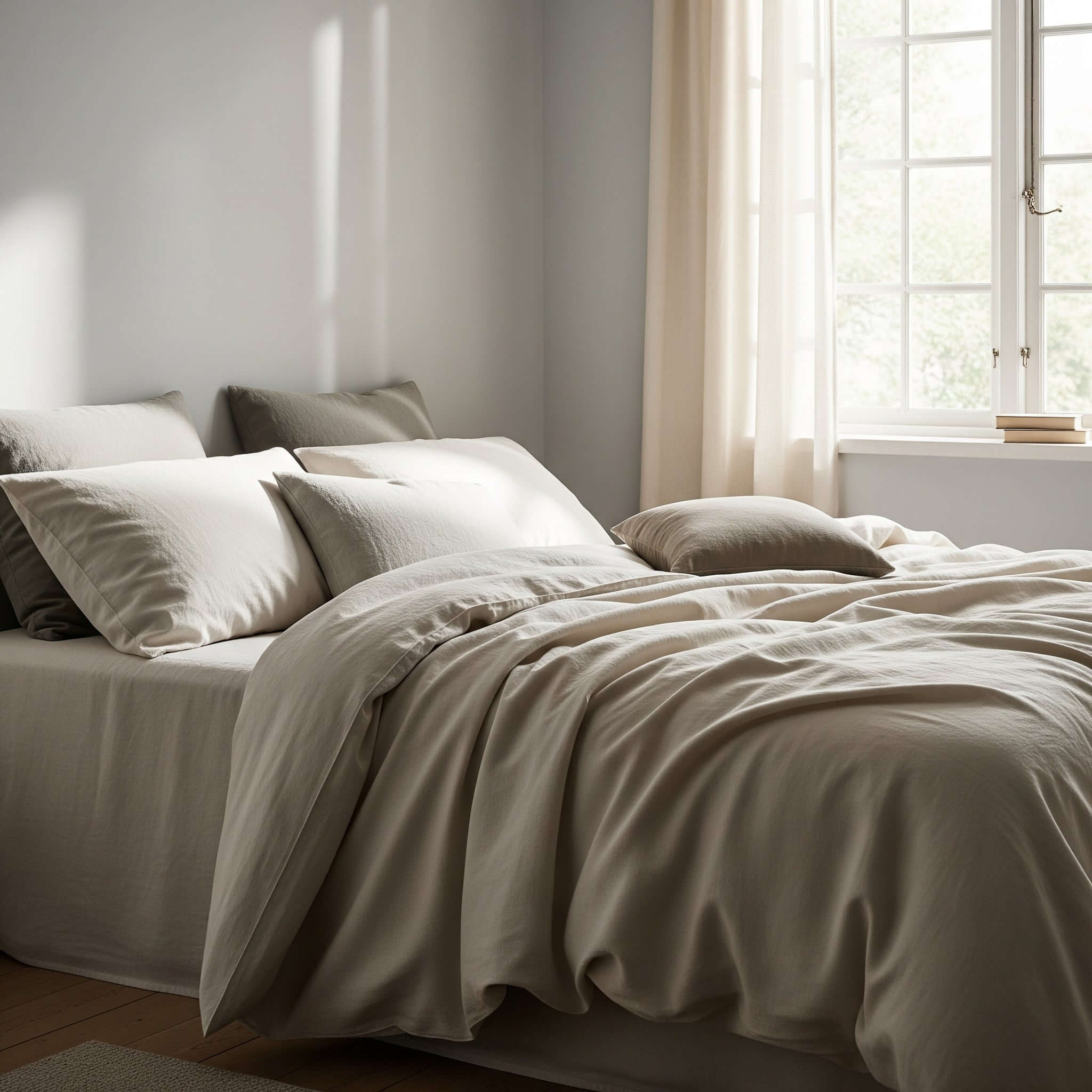
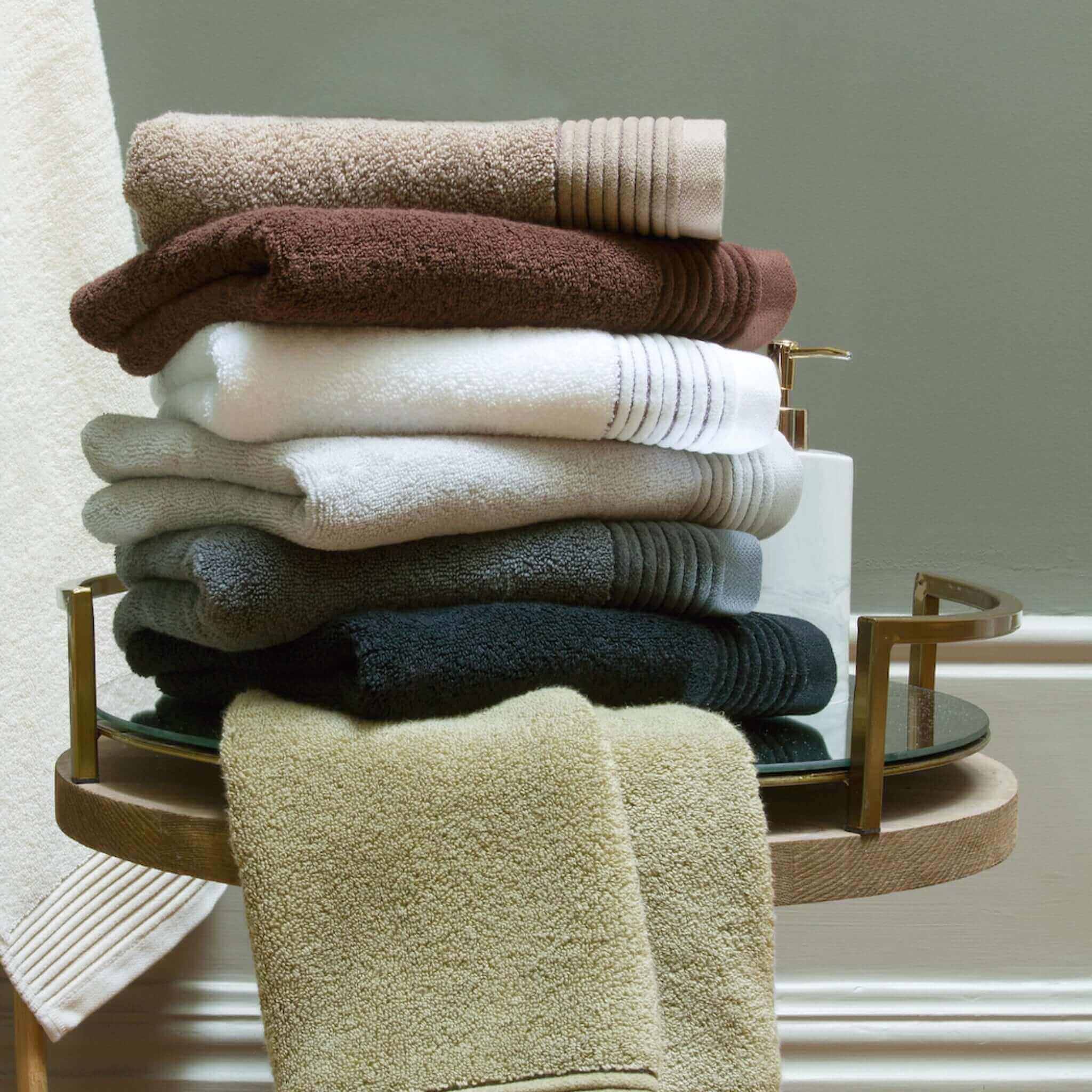
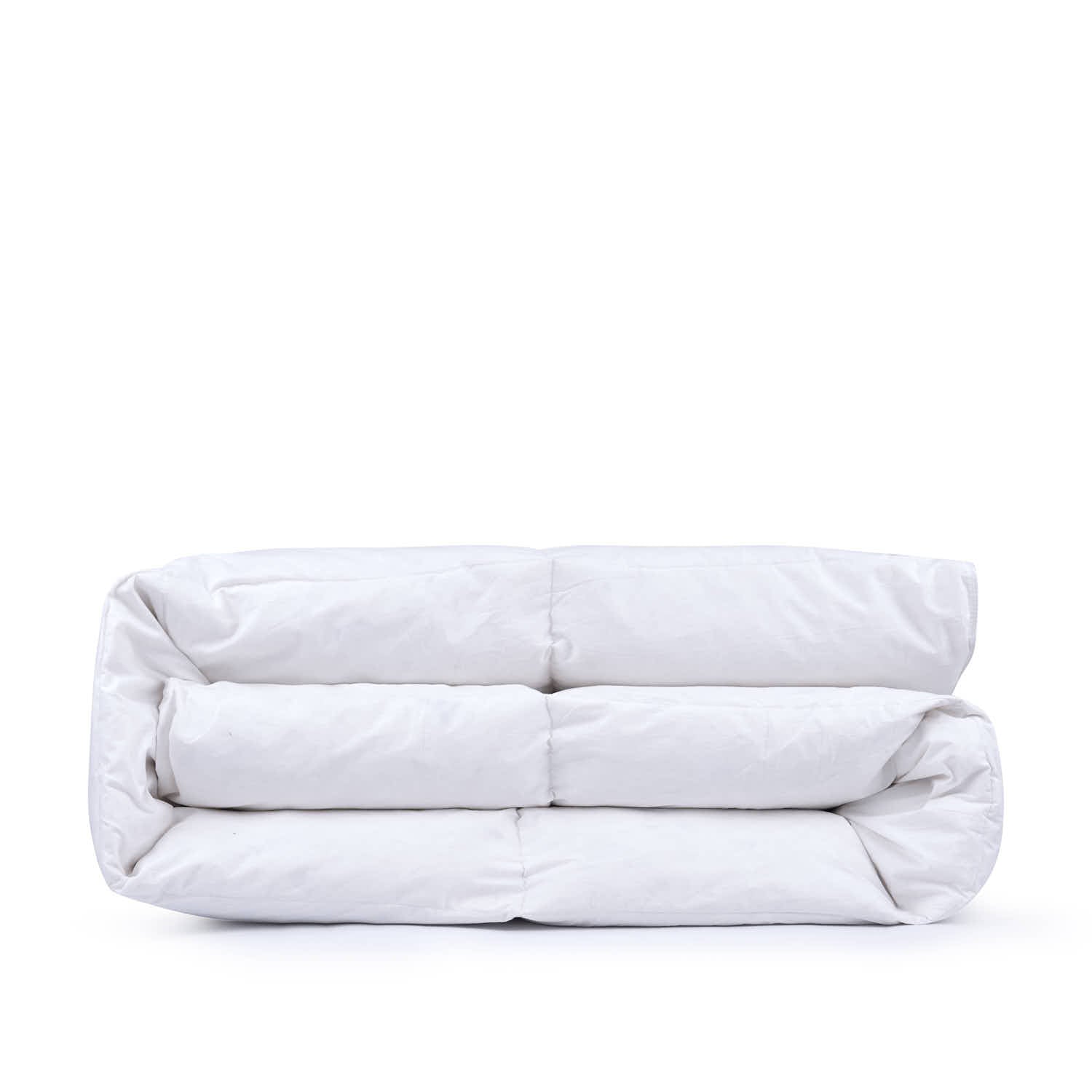
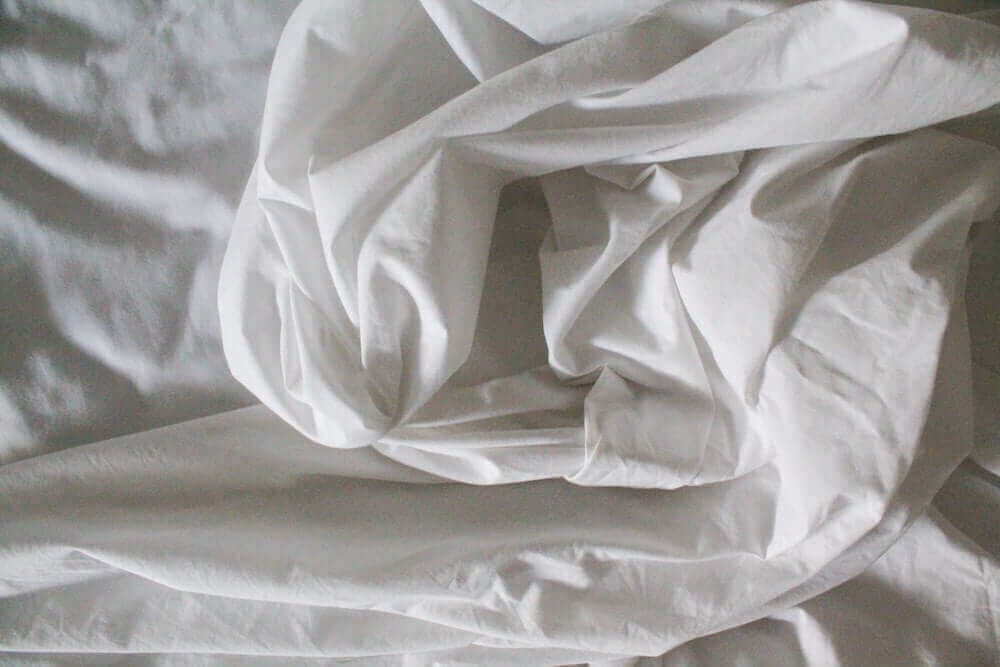
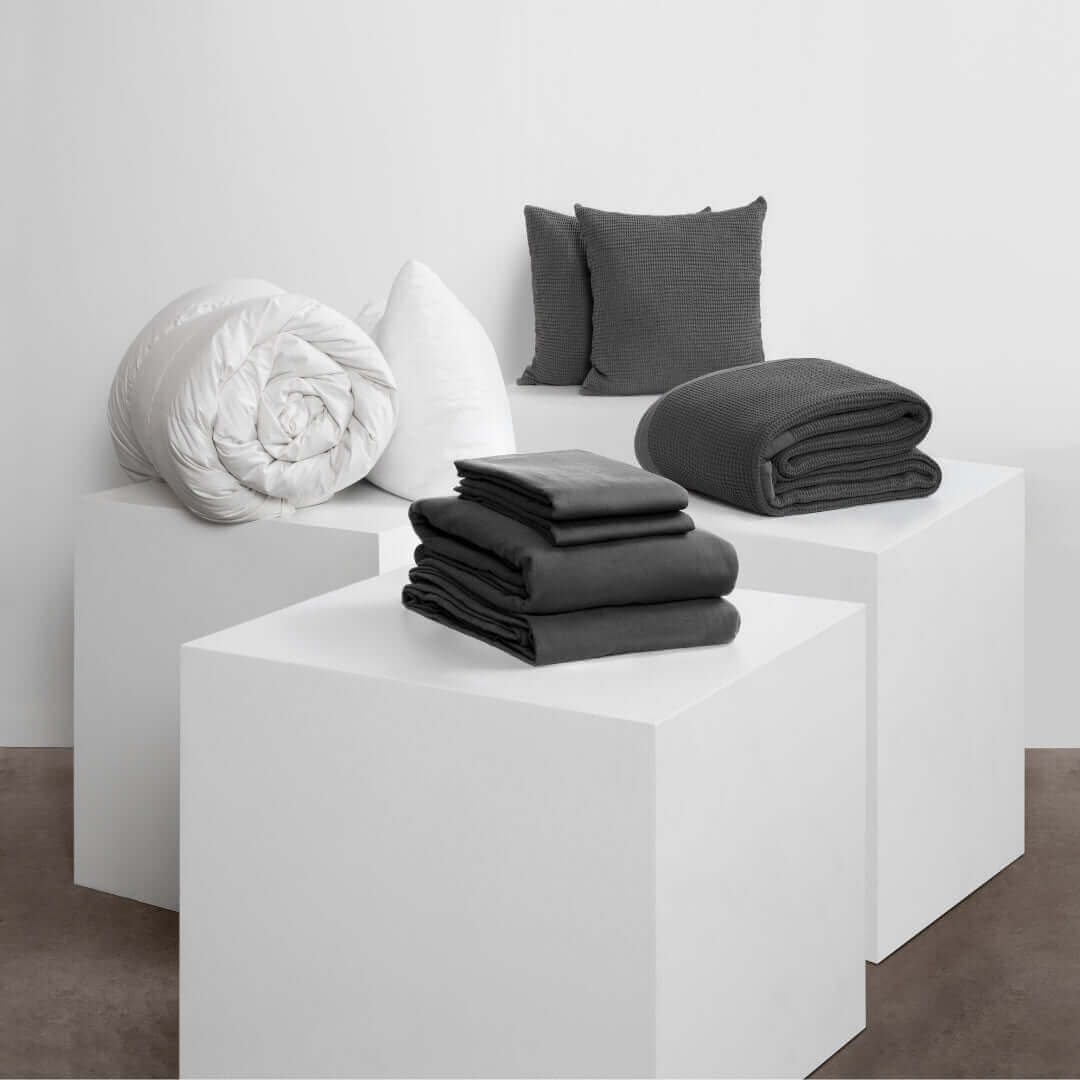
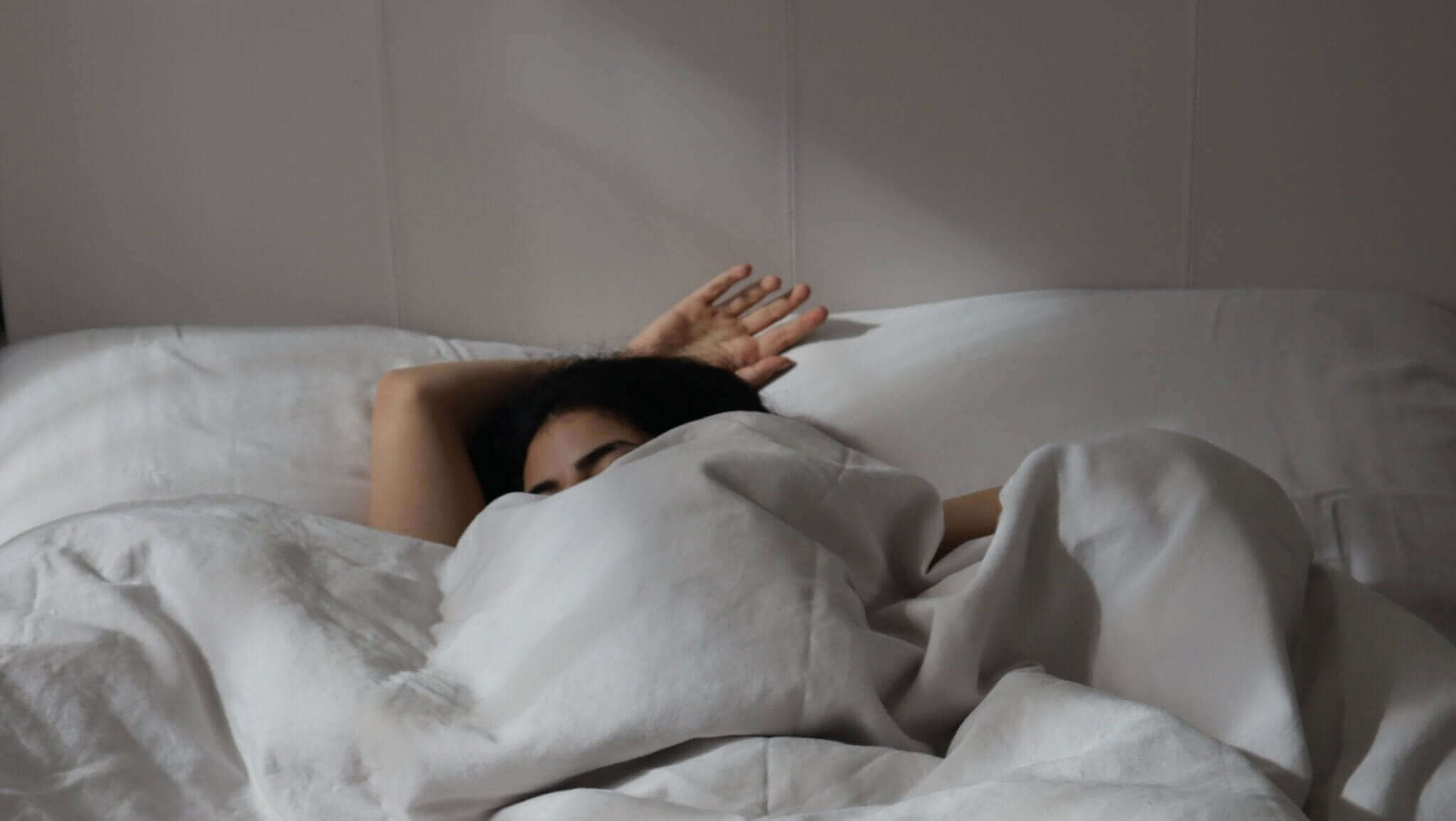
Share:
Egyptian Cotton is Overrated
Percale or Sateen Bedding